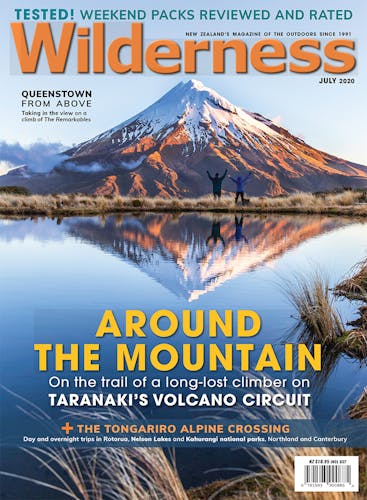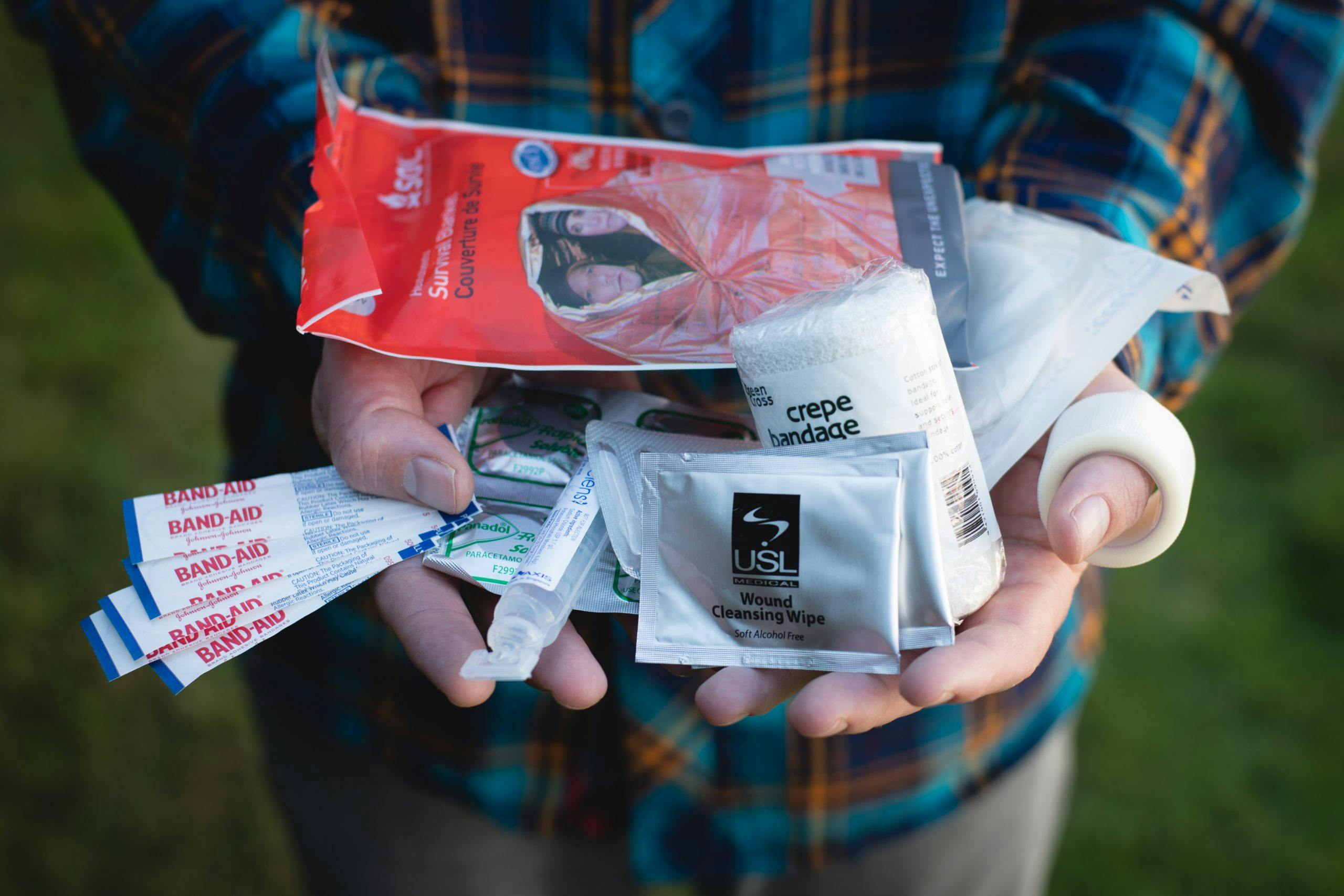A well-stocked first-aid kit will get you through most tramping incidents – and it’s also a great way to make friends, writes Matthew Cattin
Time spent working in a pharmacy meant my mum wouldn’t let me go bush without stocking me out like a Red Cross medic.
Without fail, I would argue each item’s necessity and weight, and no doubt sneak a few things back when she wasn’t looking. But despite my ‘know-it-all’ packing tantrums, you can bet your life I was the most stocked kid on Duke of Ed expeditions, dishing out bandaids, painkillers and blister plasters to those in need.
Long story short, when you’re packing your first aid kit, don’t be like Matt – be like Matt’s mum, and make sure you’re prepared for anything.
Medical tape: Perhaps the most versatile tool in your kit, medical tape can be used to quiet blisters, ease strains and reinforce bandaids – it’s also a decent temporary fix for damaged gear or boot delamination. You can also pack duct tape instead.
Jo Verheijen from First Training says she never leaves home without duct tape. “I always wrap it around my drink bottle – it has multiple uses,” she says.
Medication bag: Verheijen recommends taking a few tabs of useful medications in an easy access ziplock bag. Even without injury, tramping can be misery, so you’d be wise to pack suitable painkillers. Antihistamine for pollen allergies and insect stings are essential and can greatly subdue the severity of reactions. Ibuprofen anti-inflammatory tablets reduce swelling from sprains and can relieve tired joints on the trail. Aspirin can be a lifesaver in the event of a heart attack, and Verheijen recommends packing some, regardless of your age.
Antiseptic: For cleaning wounds and reducing infection risk, you’ll want to stock a decent antiseptic, whether it be spray, cream or wipes.
Adhesive strips: Steri or butterfly strips are a useful inclusion for deeper cuts, and can hold a wound together.
Antibiotic ointment: Infection is the enemy. After cleaning a wound, apply a topical antibiotic treatment and cover. For day hikes, however, Verheijen would leave this behind to cut weight.
Dressings: Pack an assortment of bandaids, dressing pads and gauze to cover a range of cuts and grazes.
“What’s really good is sanitary pads,” Verheijen says.
Splinter probes: For stubborn splinters and blisters, a splinter probe is easier to handle than a needle – and it’s sterile. In a pinch, however, a sterile needle is a good alternative and when combined with cotton thread, it’s perfect for on-the-go gear repairs.
Safety pins: Another lightweight multi-use item, safety pins are perfect for securing bandages, making slings and also for gear repair.
Crepe bandages: A good bandage can work wonders on a sprained limb, reducing movement and lowering the risk of further injury.
Emergency blanket: Another item Verheijen never leaves home without. An emergency blanket will reduce heat loss, and can be a life-saver in the bush.








